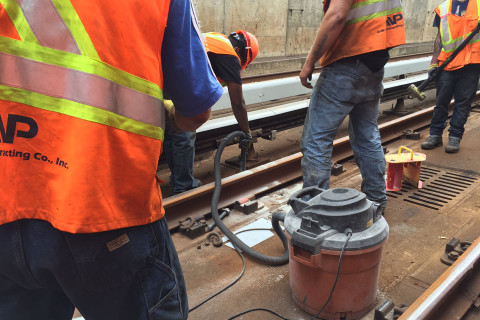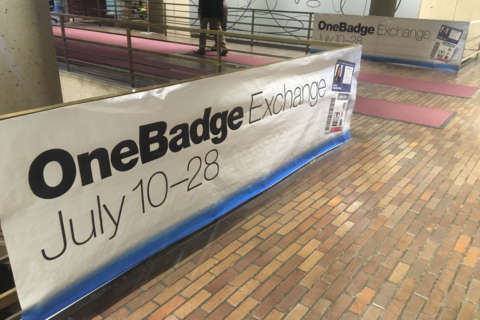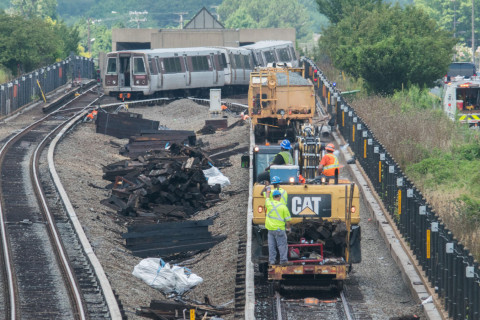WASHINGTON — In a new court filing, Metro admits that the deteriorating crossties that contributed to last summer’s derailment near East Falls Church had been entered into a work order database eight months earlier.
But Metro argues that all of the track inspector firings following the derailment investigation were legitimate.
The court filings are in response to a lawsuit filed this spring by people who were fired due to inspection reports that were copied multiple times in other parts of the Metro system.
Metro also moved to dismiss a portion of the workers’ claims based on Metro’s immunity from suit under local D.C. laws. The motion does not yet ask for the discrimination claims based on federal law to be dismissed, but it does reserve the right to offer several other defenses.
As part of a required response to the claims, however, Metro revealed several new details about what led to some workers’ terminations.
Supervisory failures by workers like Christopher Bell contributed to the July 2016 East Falls Church derailment, the agency argues, but the workers were fired based on other inspection reports that were found to be copied over or otherwise incorrect.
According to Metro’s reply: “An investigation was conducted by WMATA following the East Falls Church derailment and that Bell, while in his roles as a track inspector and as a track walker supervisor, was found to have participated in acts that have directly contributed to the falsifying of critical safety reports required for the maintenance of the railroad and, thereby, contributed to create a culture of noncompliance and complacency at WMATA.”
Crosstie problems at the location where the train derailed were entered into an inspection database in November 2015, Metro admits, but a number of other issues were found.
Bell, for example, was found to have signed three different switch inspection forms over 2013 and 2014 in which track measurements did not change one bit from the previous inspection. As a supervisor in 2015, Metro said, he signed 11 inspection forms in which measurements remained exactly the same. Some of those measurements had shown up as precisely the same each time since 2013.
Metro argued that if more senior managers had known about the issues, and if inspection reports had been accurate, problems would have been fixed.
Another supervisor was fired after workers he was supervising failed to properly install concrete that supports tracks near the Branch Avenue station; his signature was found on copied track inspection reports. However, his title, discipline history and even one of the switch issues he was supposedly fired for were listed incorrectly on his termination letter.
Metro admits one of the copied switch inspection reports Leon Myers was accused of signing in May 2015 was signed by someone else. He had been promoted to become a maintenance manager two months earlier.
And while Metro said there was no discrimination involved, the agency admitted that of the 21 members of the track inspection department fired following the wide-ranging investigation, only one was white.
The court filings also show that several of these track inspection supervisors chose not to directly challenge their firings, but, instead, attempted to get their old union-represented jobs back as inspectors.
In addition, Metro admitted several claims from the workers — including that a supervisor in 2015 repeatedly called one worker who was going to fix a third rail problem between Rosslyn and Arlington Cemetery, forcing the worker to continually pull over to answer the phone per Metro policy.







